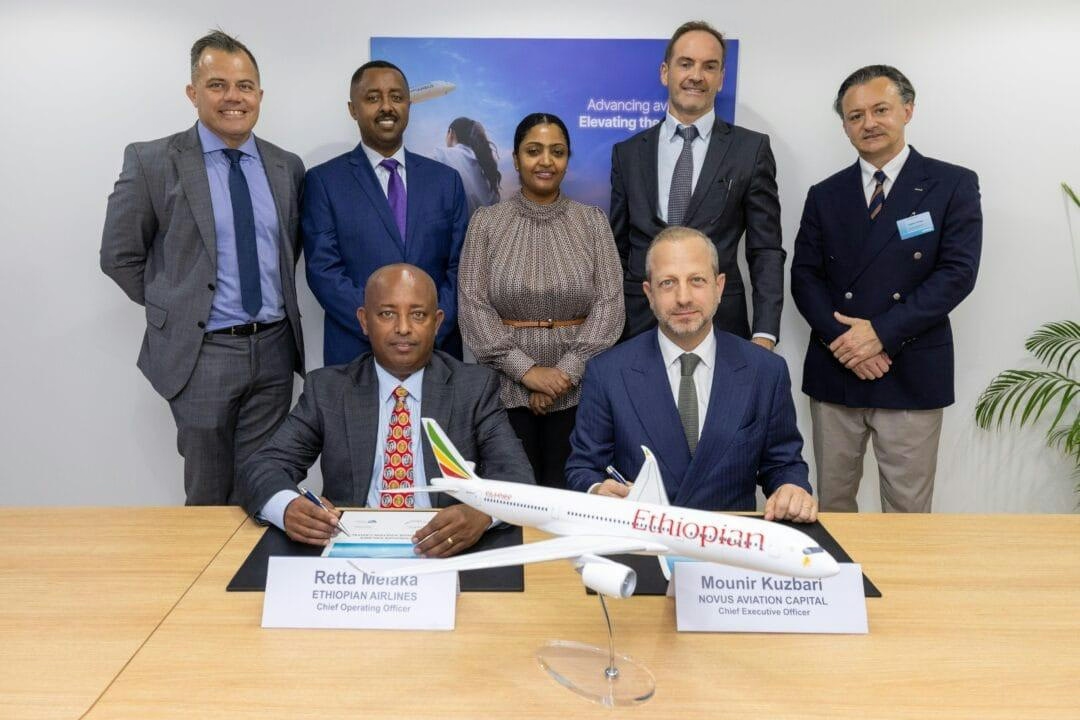
AeroGenie — Uw intelligente copiloot.
Trending
Categories
Airbus Delivers 63 Aircraft and Receives 203 Orders in June 2025
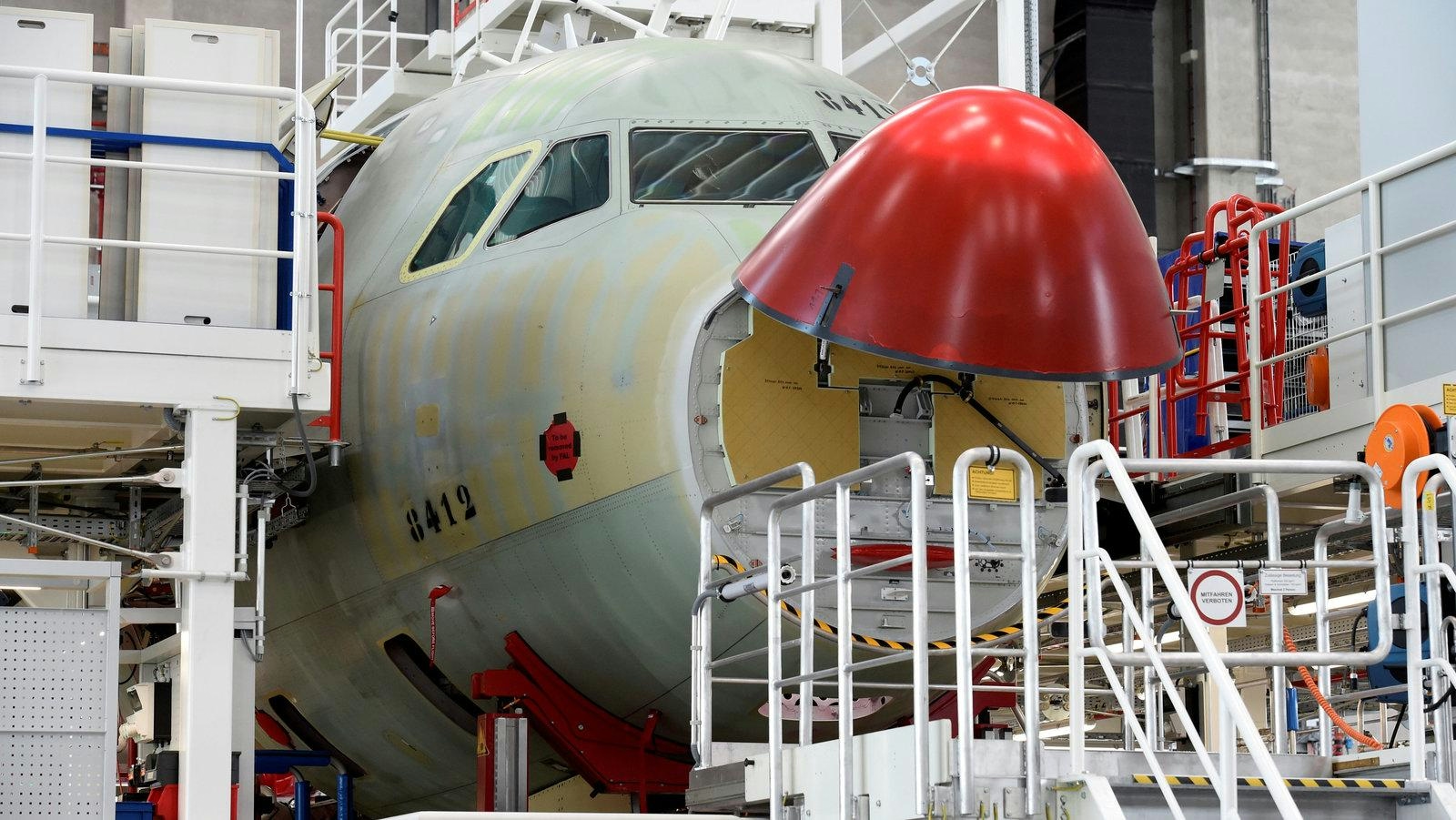
Airbus Reports Strong June Performance with 63 Deliveries and 203 Orders
Airbus announced a solid operational performance in June 2025, delivering 63 commercial aircraft to 35 customers worldwide. The company also secured 203 gross orders during the month, reflecting sustained demand across its product range. Year-to-date deliveries have reached 306 aircraft distributed among 65 customers, highlighting the continued global appetite for Airbus models such as the A220, A320neo, A330, and A350 families.
Delivery Challenges Amid Post-Pandemic Recovery
Despite the encouraging order intake, Airbus faces ongoing challenges in achieving its ambitious delivery targets. Industry analysts emphasize that while the company’s production remains steady and aligned with annual objectives, the pace of deliveries is under close observation. This scrutiny comes as the commercial aviation sector continues to recover from the disruptions caused by the COVID-19 pandemic, with supply chain and operational complexities still influencing output.
Market Dynamics and Competitive Pressures
Market responses to Airbus’ June results have been varied. Some experts have expressed concerns that recent incidents, including the Air India accident, could impact future order volumes, particularly in sensitive regions. Nevertheless, strong demand from markets such as Taiwan and India continues to support Airbus’ order book. The competitive environment remains intense, with rivals like Embraer securing contracts with operators such as Skywest, and Boeing announcing new orders from ANA Holdings. These developments underscore the dynamic nature of the commercial aircraft sector.
In addition to addressing traditional supplier challenges, Airbus is increasingly focusing on broader trade issues, which have become a strategic priority amid shifting global economic conditions. Further information, including detailed order breakdowns by aircraft type and customer, is available on Airbus’ official website.
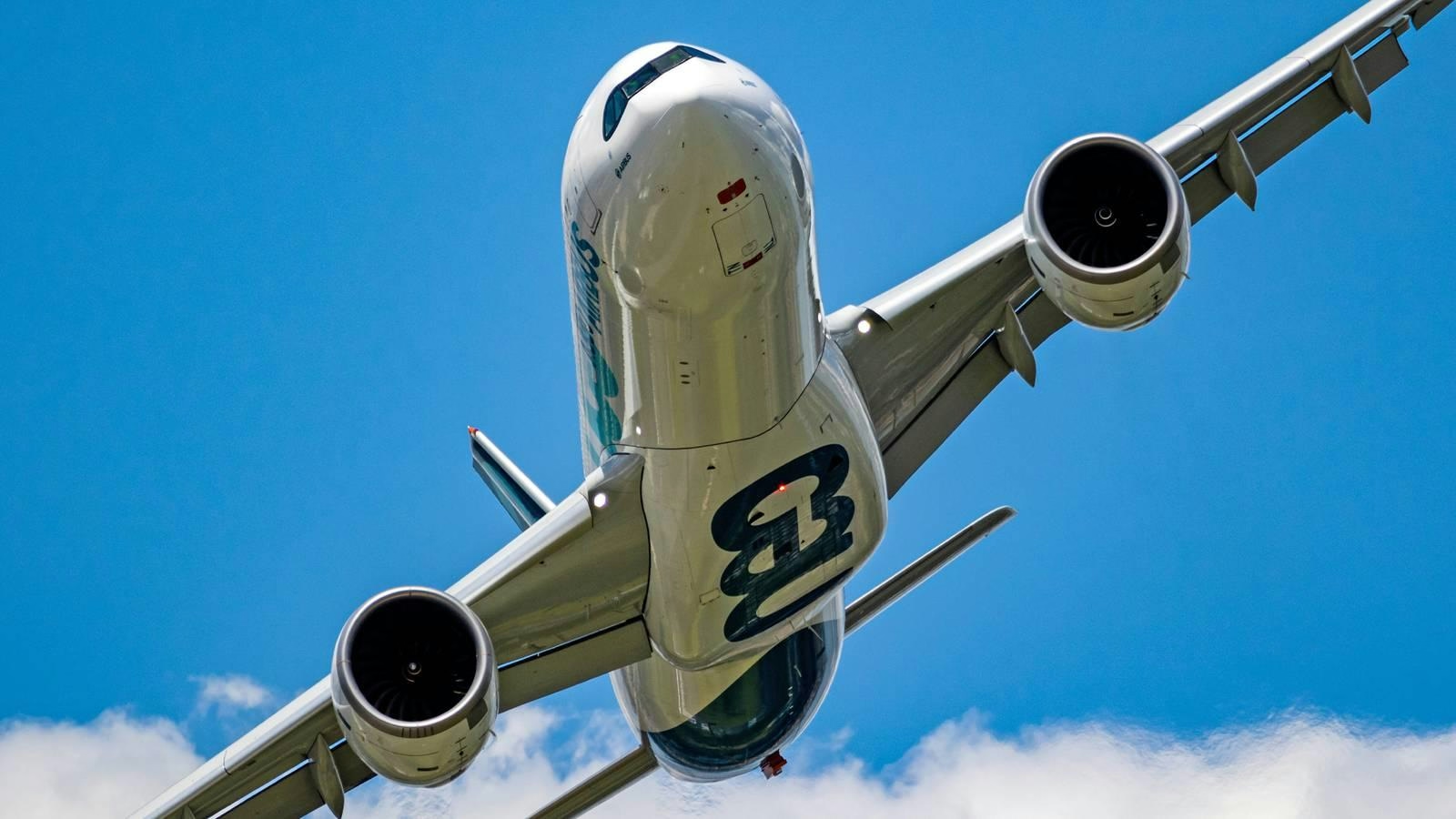
Why Is the Airbus A330neo Limited to a Single Engine Type?
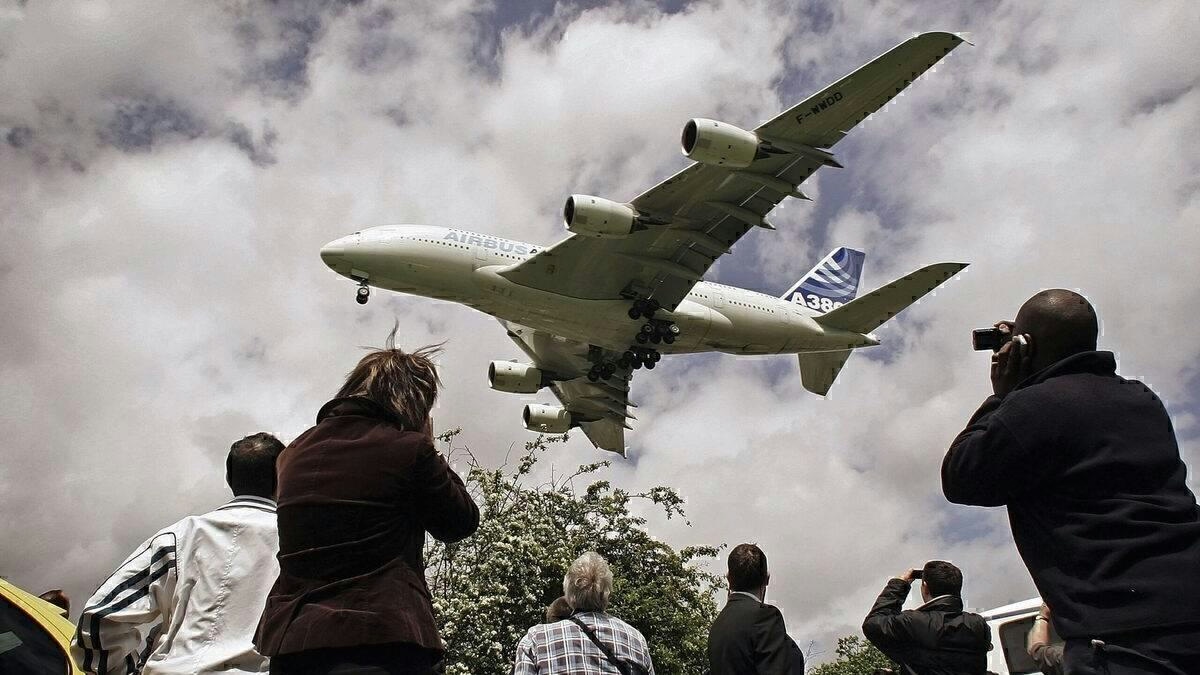
FedEx Cancels Airbus A380 Order

Why AI Hasn’t Transformed Flight Booking
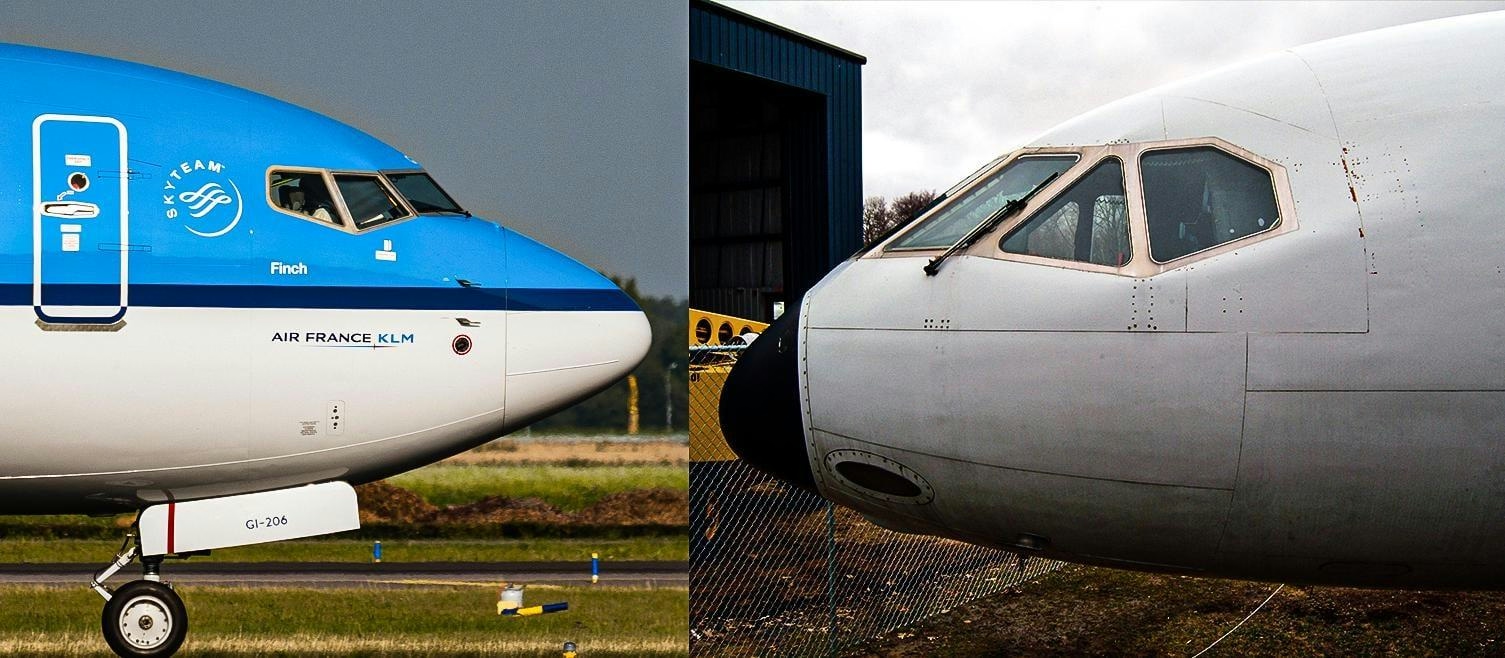
Why Are Boeing Aircraft Noses More Pointed Than Airbus?
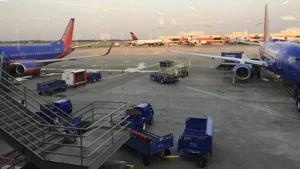
Digitizing the Aviation Supply Chain: Moving Beyond Outdated Practices
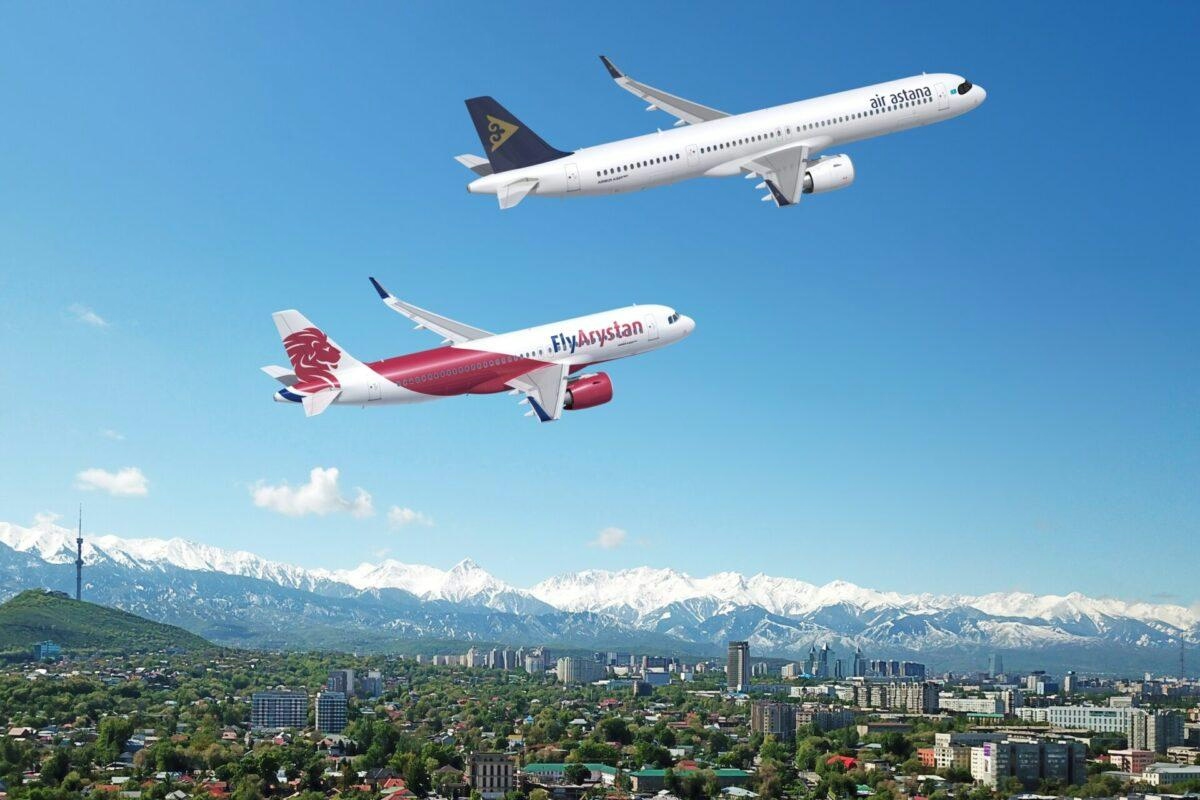
Air Astana Signs Agreement for Up to 50 Airbus A320neo Jets
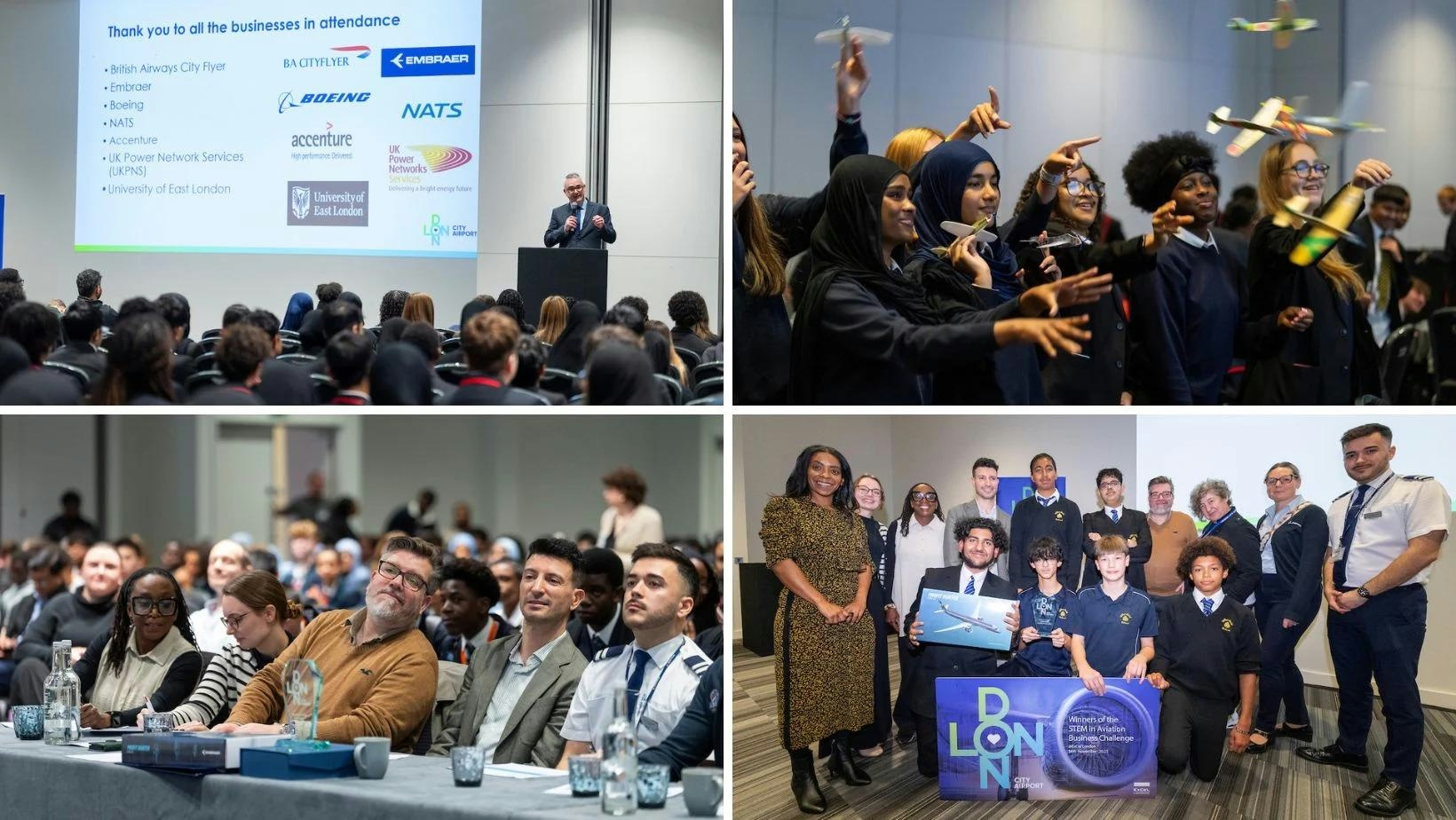
East London students explore aviation innovation at LCY STEM event
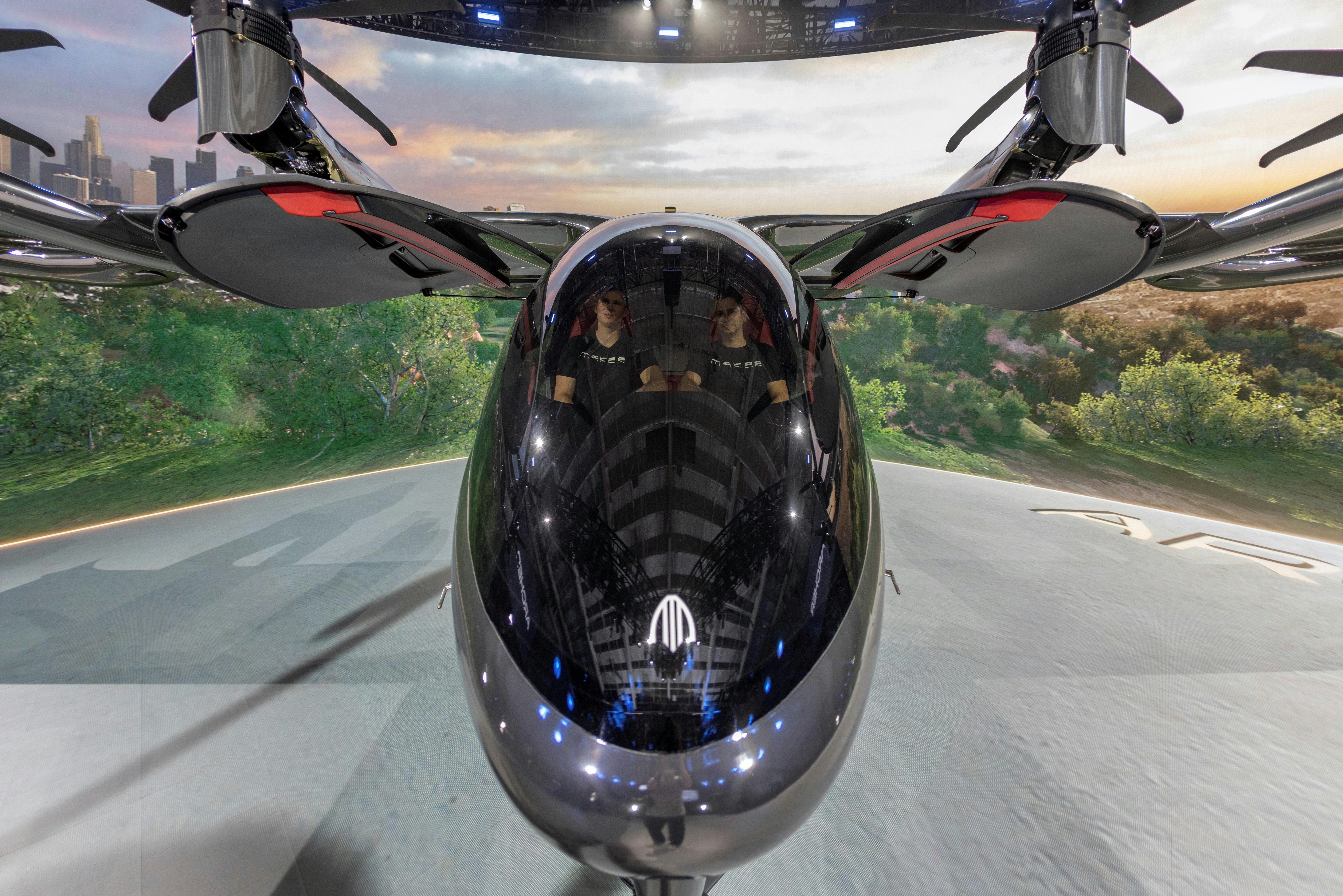
Archer’s Air Taxi Fails to Fly at Dubai Airshow
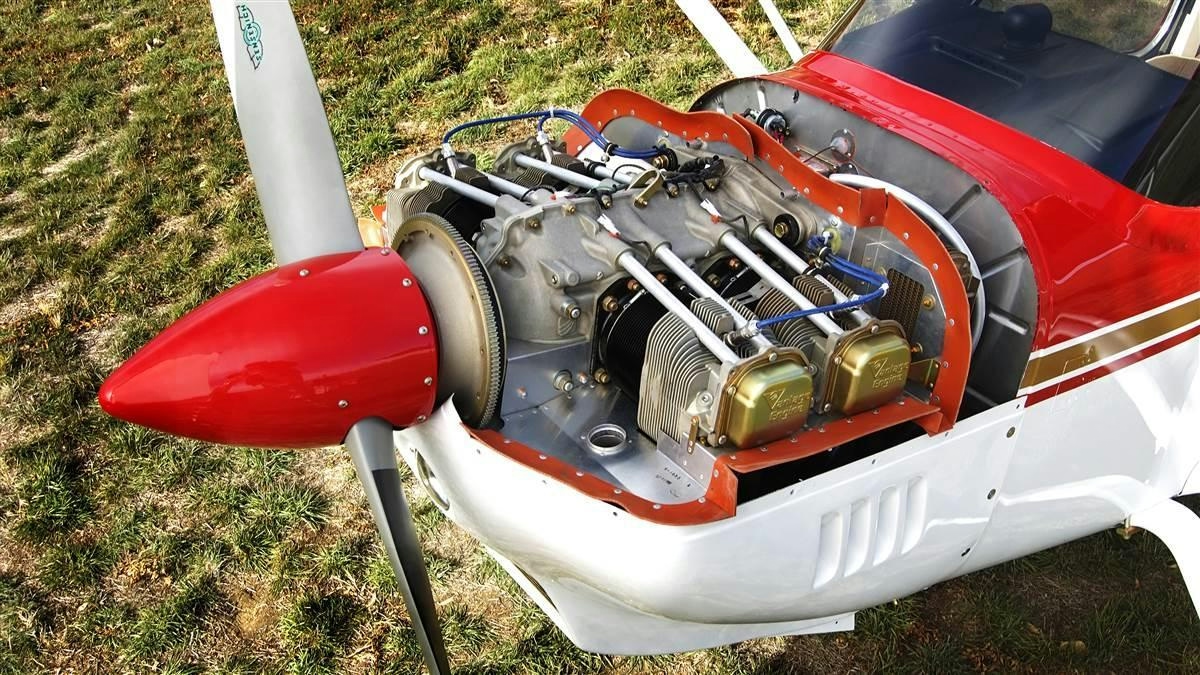
New Course on Airplane Engine Operations Launched
